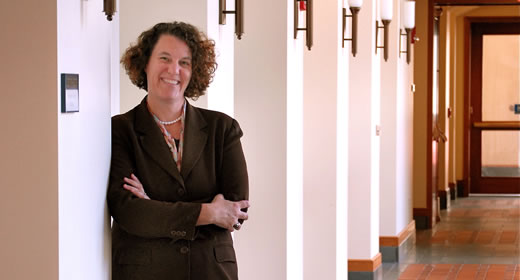
In this year’s State of the Union address, President Obama put forth a plan to make a student’s first two years of community college free. But is that plan viable? Susan Dynarski sees problems that must be fixed before it can conceivably work.
“How to Improve Graduation Rates at Community Colleges,” Dynarski’s latest article for the New York Times’ The Upshot, argues that even though community colleges are “intended to be gateways to careers or to four-year colleges offering bachelor’s degrees,” they often become “dead ends.” Graduation rates in community colleges are staggeringly low, perhaps because they are unable to reject ill-prepared students. “Unlike selective schools, they are required to take anyone who walks in the door, and they have to work harder to get those students to graduation,” writes Dynarski.
Nonetheless, community colleges are essential to the Obama administration’s efforts to increase the number of college graduates. Dynarski notes that community colleges “enroll 38 percent of undergraduates and a much higher proportion of non-white, low-income and first-generation students.”
So how can community colleges increase their graduation rates? Dynarski points to an initiative at the City University of New York, the Accelerated Study in Associate Programs (ASAP). ASAP almost doubled the amount of students graduating within three years from community college, with the program providing “intensive advising and tutoring; priority in registering for oversubscribed courses; a free MetroCard; free textbooks; and a waiver that covered any shortfall between schooling costs and financial aid.”
Still problematic, however, are the costs. If more students are drawn to community colleges because of the promise of two years of free education, funding per student is likely to drop, warns Dynarski, as “funding tends not to rise as fast as enrollment.” It appears President Obama’s idea can work, but it must be fleshed out more thoroughly before it can be implemented.
Susan Dynarski is a professor of public policy at the Gerald R. Ford School of Public Policy, and a professor of education at the University of Michigan's School of Education. She is co-founder and co-director of the Ford School’s Education Policy Initiative, which engages in applied, policy-relevant research designed to improve overall educational achievement and outcomes.